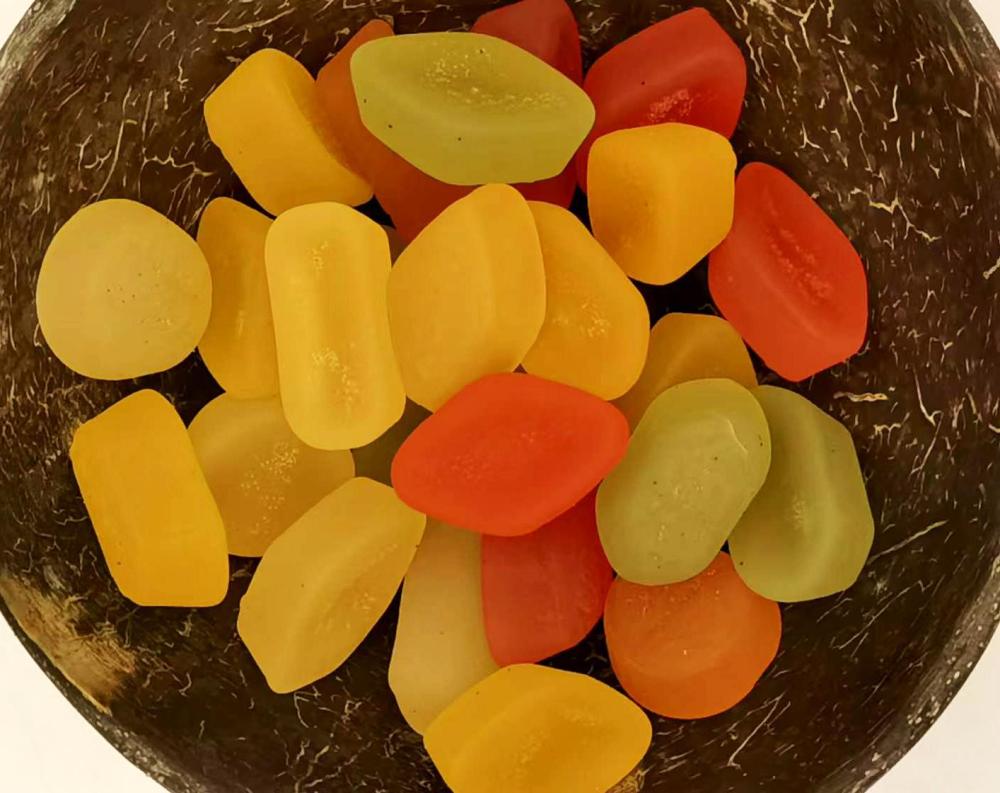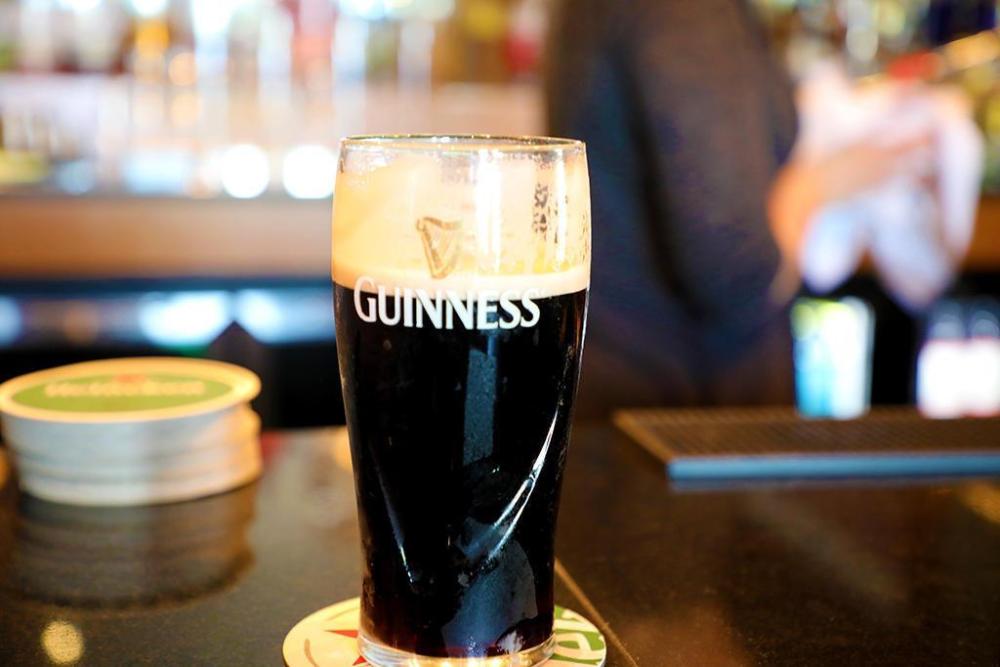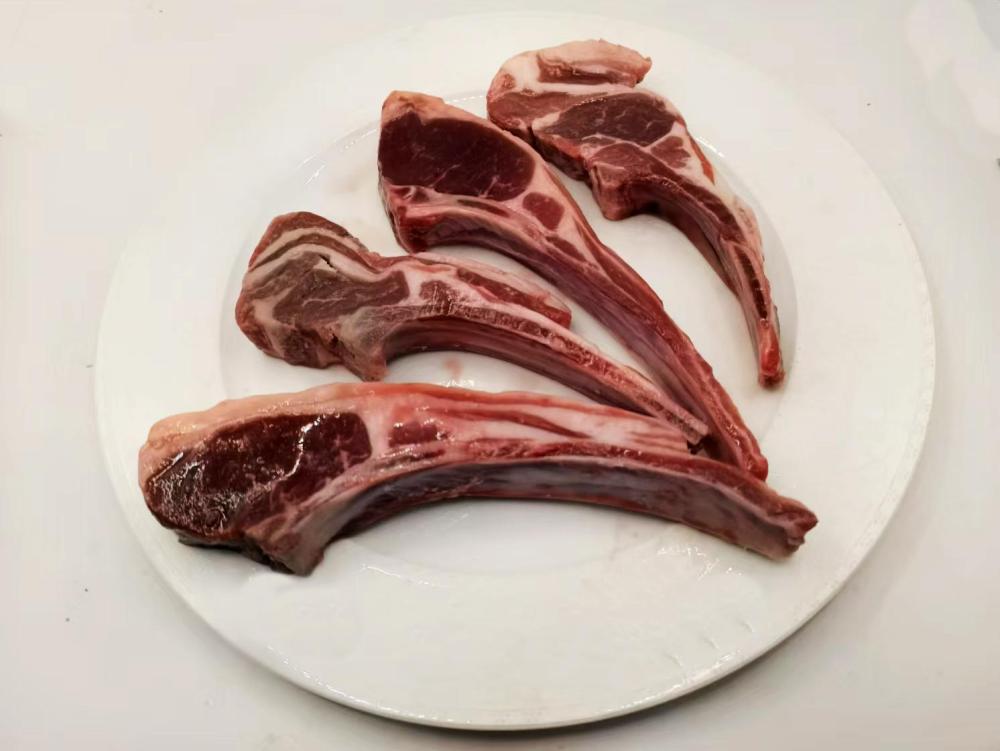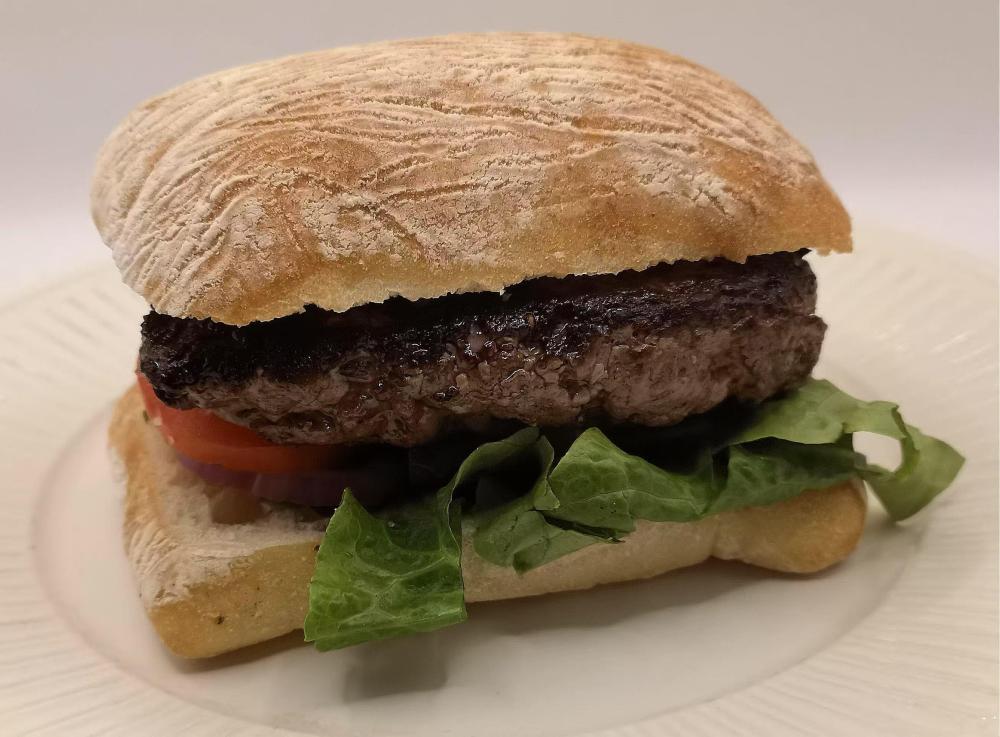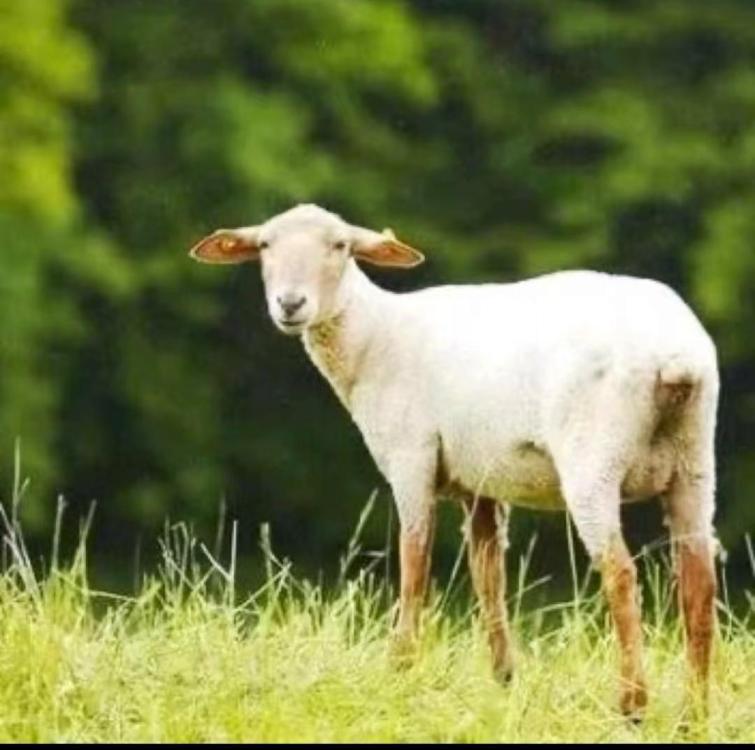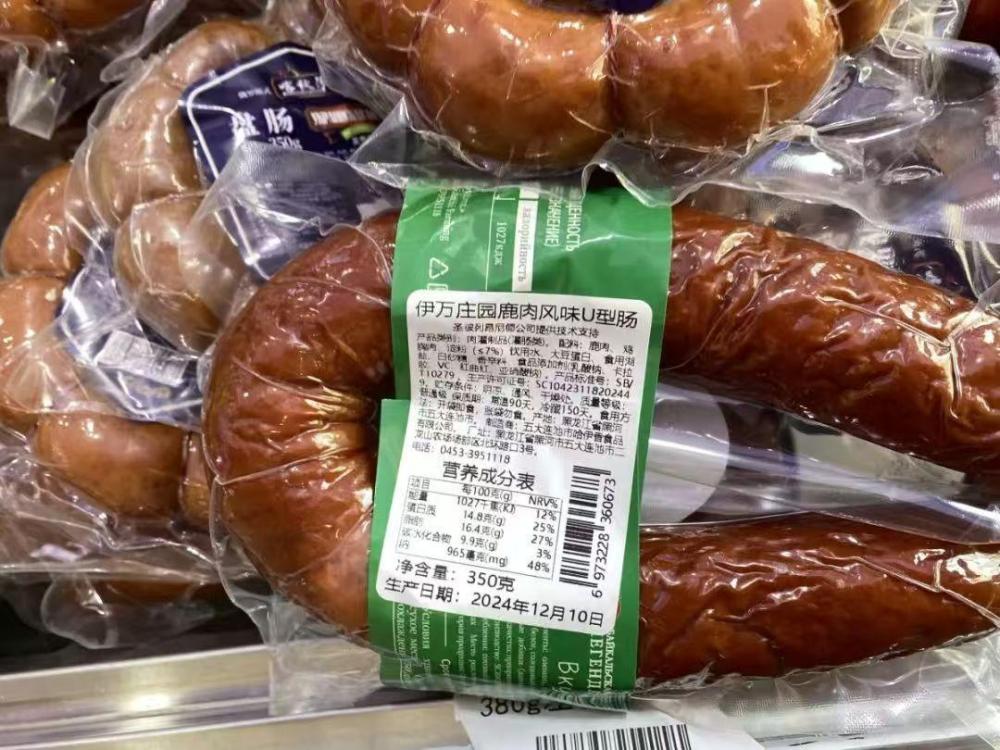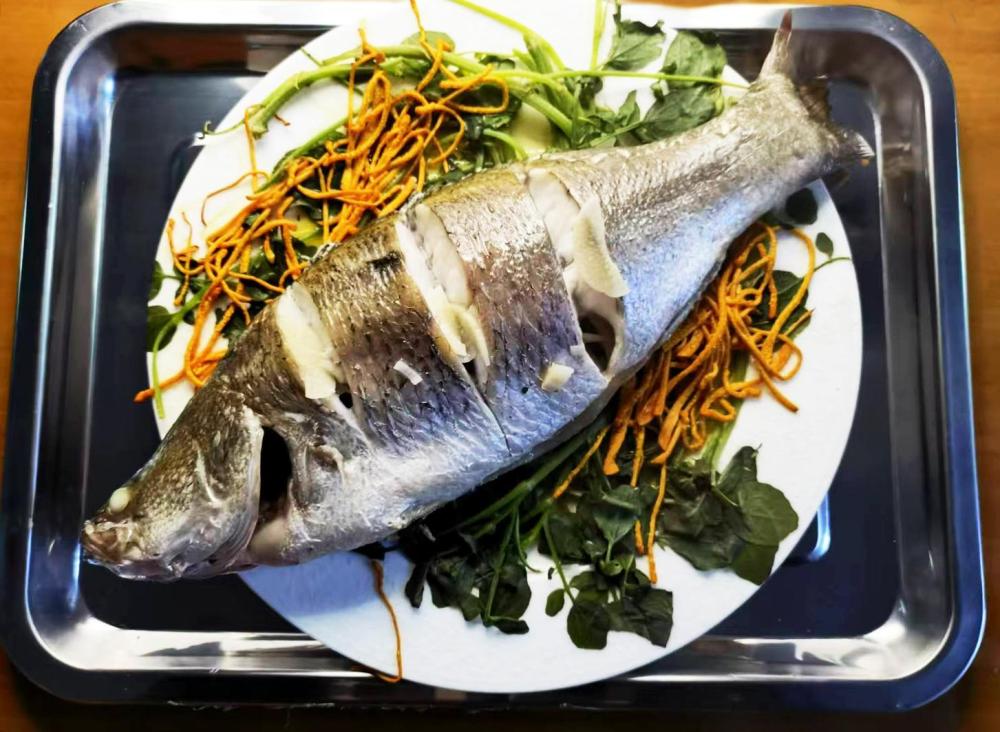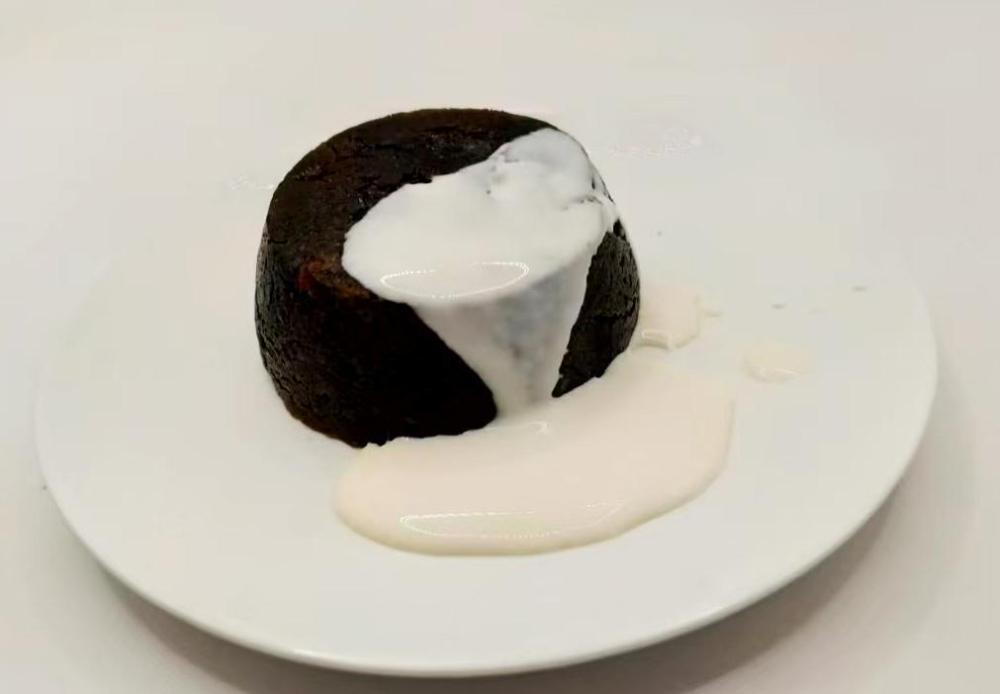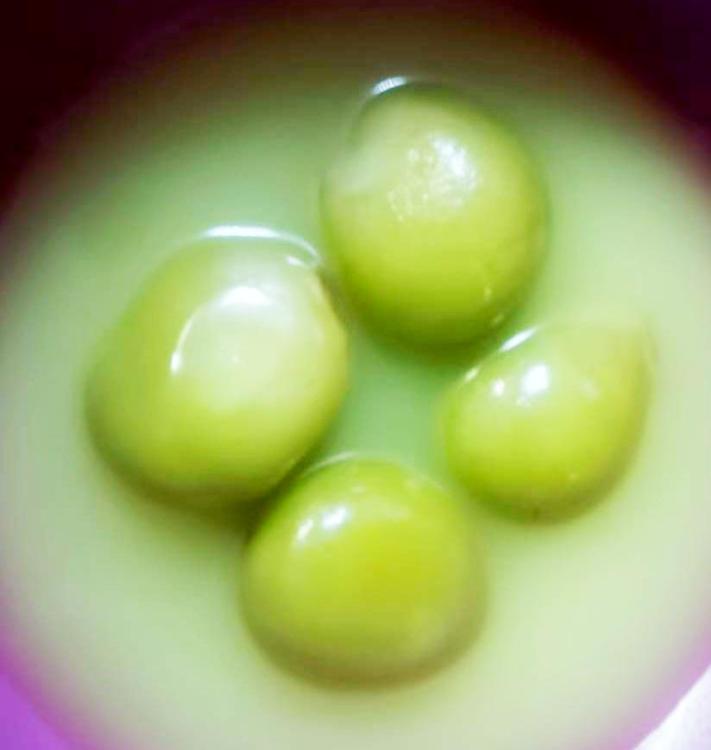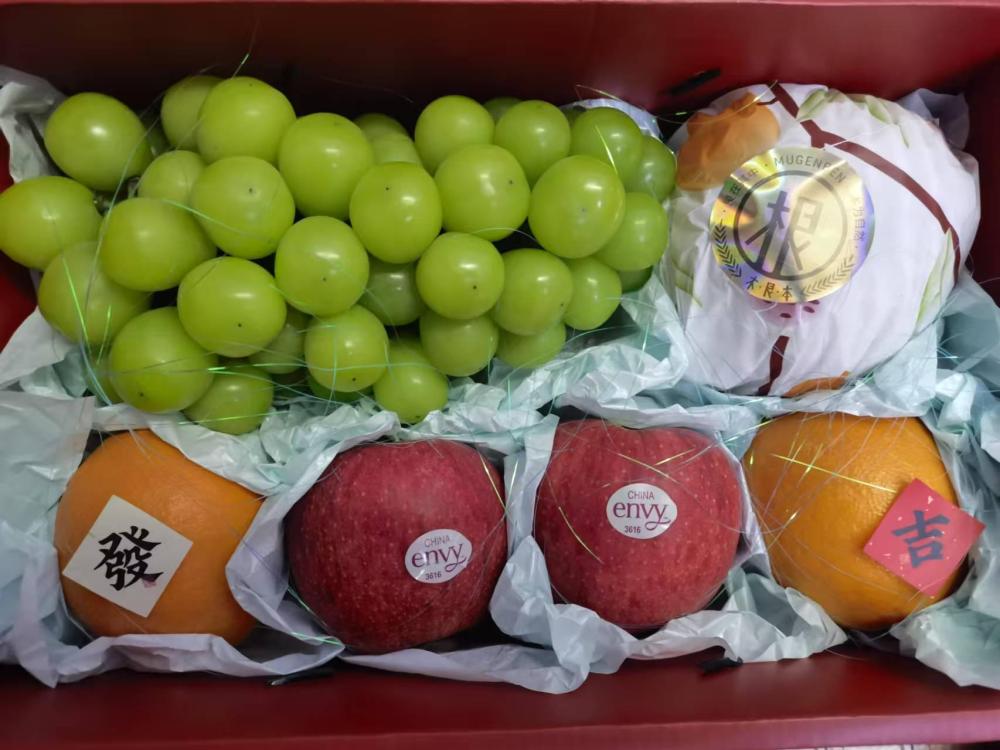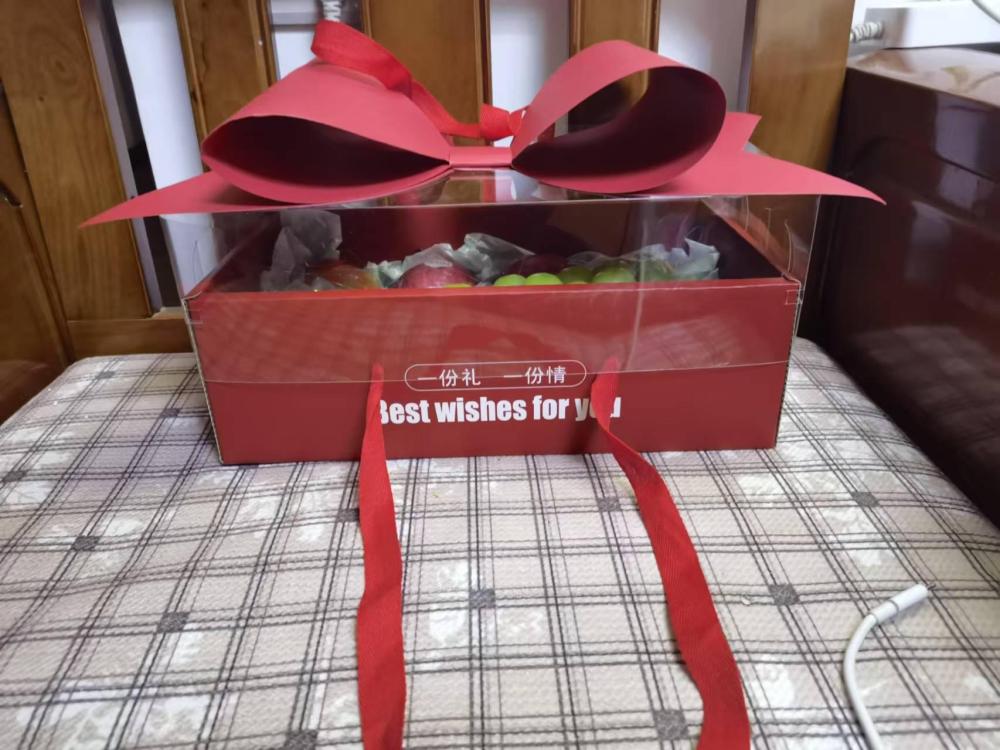-
Posts
16,683 -
Joined
-
Last visited
Content Type
Profiles
Forums
Store
Help Articles
Everything posted by liuzhou
-
I found the article most amusing. It says there is little chance of tea being contaminated then lists several 'theoretical', 'in theory' possibilities which it already admitted are unlikely. The only real advice it offers is don't make your tea with cold water and don't make it in a dirty pot! Well, thanks. I'd never have thunk that for myself!
-
Breakfast on a chilly morning. A couple of slices of buttered WW toast (not pictured - you know what toast looks like!) and a cup of Bovril. This iconic beef extract made into a drink was actually invented in Canada in the 1870s, albeit by a Scottish man, John Lawson Johnston. He returned to the UK and sent Bovril out into the wider world. I did, a long time ago, find a Chinese knock-off version called Baoril. It wasn't a bad replica. Today's was the real deal, imported via Hong Kong. Bovril Ad circa 1900 - PD
-
The people where I live know a thing or two about drinking tea. Drinking ambient temperature tea is totally normal for them. In fact, I'd be willing to bet most tea is drunk this way. Bus, taxi drivers and other workers carry large flasks (not vacuum flasks) with them to sip on throughout the working day; students regularly such flasks of tea to schools and college lecture halls. My fellow faculty members did the same. Bankers will have the flasks on their desks, as do many office workers. Of course, they don't use milk in their tea but I can't see it making much difference if they did.
-
January the Tooth. 泡椒牛肉炒饭 (pào jiāo niú ròu chǎo fàn) Beef with pickled red and green chilli peppers plus added shrimp. The shrimp is not normal, but I like how their sweetness contrasts and complements the sourness of the hot peppers, Other ingredients include egg, carrot, peas, chives.
-
After a good rest, I can finally reveal what I did with my lamb. I abandoned my original plan and went with a north-western Chinese treatment. First I took some cumin seeds, toasted them in a dry wok and hand ground them to a powder in one of my too many mortar and pestle sets. Mixed in some salt and rubbed this into the lamb. Ideally, I would then have grilled them over charcoal but living in a city apartment block, that option is not available to me. So into a cast iron frying pan with a little oil they went. As they were frying, they were sprinkled with more cumin and some chilli flakes. and lo and behold. New Year's Dinner These I served with a wild mushroom fried rice.
-
Wine gums were invented by Charles Gordon Maynard and after some difficulty persuading his strict Methodist father that they do not contain any actual alcohol, were introduced to the market by the family’s London based confectionery company. When I was a kid, these were my favourite confection. Other companies soon copied them – the Maynard family had never trademarked the name! I favoured those by Basset’s another English company. Both companies ended up in the hands of Mondelez International, (originally Kraft Foods) who merged the two into Maynards Bassets. I hadn’t thought of them for many years until recently I saw some on my on-line shopping app when looking for something totally unrelated. Although the merged company still produces the wine gums, they don’t seem to export, at least not to China. What I saw were manufactured in The Netherlands, but by a German company with a distinctly British sounding name - Cavendish & Harvey. They offer two types. These are what I would call regular wine gums and similar to what I remember. Regular Wine Gums Then we have these These are 'sour wine gums' and yes, they ARE sour. VERY. Yet I like these best. Never had them before. Sour Wine Gums The fine sugar dusting does little to alleviate the sourness. Anyway, these are my new addiction. It'll wear off when my teeth fall out!
-
I'm not sure what's happening to my country of birth lately, but after The Great British Cheese Heist and the The Great British Pie Heist, some light-fingered villains have made off with 400 50-litre kegs of Ireland's greatest export. That is 35,200 pints of the black gold. And in the middle of a pre-existing shortage at that. Story here. I hope they have my address, for delivery!
-
- 3
-

-

-
I'm doing prep for dinner now, in case I run out of energy later - it was a late night. Having complained recently about the shocking difficulty I have sourcing lamb, I made a special effort and managed to track some down in far-away Gansu province and had some shipped. I had to buy a lot, so most is in the freezer, but I left these to thaw overnight. They need a bit longer defrosting but then I'll marinate them. Also, bought some rosemary which will be involved somehow.
-
After breakfast I felt hungry, so lunch came up a bit earlier than usual. A home made beef burger on ciabatta. With a nice Rioja. Thinking about dinner, now.
-
New Year. New Topic This being the oneth of January, I gave myself the same breakfast I've had every year on this date since forever. A simple bacon sandwich. No L or T, although I have both. Washed down with a glass of bubbly. Unfortunately, no artisans were involved. Regular supermarket bacon, cooked till crisp. Just how I like it.
-
You'll be first!
-
Yes. We're all pickled! !
-
Indeed. My mother used to make Christmas Pudding, which is close to same thing but without the pastry shell every year. She started in September 1st at the latest, so four months before anyone would eat it. The copious amount of alcohol with the fruit etc preserves it. In fact, she made her own wedding cake, basically a frosted fruit cake and, on her 60th wedding anniversary, ate a piece she had kept carefully. She reckoned it was still fine!
-
1972, I was living in a very remote cottage in the countryside near Bath, England. It belonged to my then girlfriend’s family and we were basically house-sitting while they were living abroad for work reasons. Neither of us had been there before. One day, we went for a walk across the fields to investigate our surroundings and ended up in an old pub with attached smallholding in the middle of nowhere – real Thomas Hardy territory and Thomas Hardy locals. Unusually for the time, the pub did food, so we decided to eat. A ploughman’s lunch seemed appropriate. It came with their own cheese, their own bread, home made pickles etc and was utterly wonderful. They mentioned to my girlfriend that they also cured their own bacon. Turned out the entire menu was produced in the pub grounds. Even more unusually, they did breakfast so we returned the next morning (and for the next many mornings) and breakfasted on the best bacon sandwiches I have ever eaten. After a year, we had to leave the cottage and also went our separate ways. 50+ years later I have no idea where she is, if even alive. Cést la vie. Nor have I been back to Bath, a beautiful city. For that half a century and especially recently with things like Google maps, I’ve been trying to find that cottage and that pub, but without success. Probably long gone. But, although I’ve found good bacons in Europe and even China, I’d be ecstatic to find anything that good again. If anyone knows the area, I have a vague recollection that the pub was called The Apple Tree or something apple related, but that could easily be a false memory. I do remember her name.
-
I was brought up in Scotland in the 1950s, so Hogmanay (as we call New Year's Eve) is celebrated by getting absolutely legless after midnight and drinking all night*. In preparation for such, one filled up with stodge to "soak up the whisky". Never worked, but tradition is tradition. So, it would be a traditional fish and double chips. Also, every internet article about Scottish traditional foods will tell you that Black Bun** is essential. I've never had it or even seen it. My legless days are no longer sustainable (haven't been for a long time, although I still like a pint or three, not usually of whisky) so it's going to be a big a big serving of moules frites. * Even my non-Scottish, very teetotal mother would have a small advocaat and consider herself depraved beyond salvation. ** Allegedly, a heavy, rich fruit cake wrapped in pastry - Fruit Cake en Croute, if you will. Hmmm.
-
-
I’d seen a few of these. Thanks for the reminder. For a parallel view of country life, with a heavy leaning to food matters, I suggest the Li Ziqi (李子柒) channel, the world’s most followed Chinese vlog according to Guinness Book of Records. (She currently has 22.3 million followers on YouTube and even more on Chinese equivalents.) Like the above, her videos are not language dependent, as she rarely speaks in her videos. Orphaned at a young age, she lives with her grandmother in the Sichuan countryside and what she can’t forage, raises or grows for herself. She is also adept at handcrafting any tools she requires. There is one video where she decides she needs an oven to cook something, so builds one from scratch. And I can't think of anyone else who could make a 20 minute video called "The Life of Cucumbers" enthralling and beautiful! She has very recently returned to YouTube after a three-year hiatus due to some legal problems regarding her intellectual rights. I had several excited people calling me and messaging me to say “Li Ziqi is back!” Of course, it doesn’t harm her that she is easy on the eye, to say the least! Li Ziqi on Wikipedia Her YouTube Channel Li Ziqi This file is licensed under the Creative Commons Attribution 3.0 Unported license.
-
Apparently to be a civilised drinker, you need to be equipped with more than a mouth. Who knew? These are examples of such. Unfortunately, they didn't come with instructions (or anything to drink). Two shot glasses. Who shot them? A combination 15ml and 30 ml cup for measuring something. Can't be for alcohol. Who drinks only 15ml of alcohol? What is wrong with pints?
-
Returning to this. Today, I decided I would fancy some lamb over the next day or two. I can only get it in the winter. It's not a popular meat here in southern China; hugely popular in the north and west. Supermarkets here rarely stock it but I can buy it from the delivery people so went searching the delivery app. I was delighted to find this: Yes, for the equivalent of $343 USD / ₤272 GBP I can have a whole live lamb delivered in 30 minutes. It'll be great company for my pet ostrich! Less frolicsome cuts available are here.
-
Yeah, I suppose you could call it that. I'll try to take a photo next time I make them.
-
Somewhere in between. Kind of stir fried in deeper than usual oil.
-
A food scandal has gripped Liuzhou (not very much). On Christmas day, a normal day here among the heathens (of which I count myself a member), a blue tent appeared in a busy corner of the city, 5 minutes walk from my home, promoting a handful of new, small stores allegedly offering imported Russian products such as sausages, coffee, honey, chocolate, milk powder and beverages (both hard and soft). The nearest such outlet is in the mall beside the tent and sports the catchy slogan “You can taste authentic Russian food without going abroad.” No it doesn’t sound any catchier in Chinese! The goods on display sport Russian language and images of matryoshka dolls, St Basil's Cathedral etc. The local media heard about this tent and, scenting a human interest story, decided to visit. All was going well until some eagle eyed reporters noted that many of the goods had barcodes beginning with 69 which denotes Chinese production; few had 46 or 48 which would be on Russian goods. One product sported the Russian 46 barcode, but also said its origin is Inner Mongolia which is neither Russian or Mongolian but a Chinese province (technically an autonomous region, like Guangxi). Many of these goods are wrapped in ‘Russian’ packaging then overlaid with a label giving a ‘translation’ in Chinese. The staff admitted that the sausages were made in China, due to sausage importation being forbidden under quarantine regulations, as it is in many countries), but also claimed that they were made using Russian ingredients. From the labelling the reporters were able to trace the precise factory in Heilongjiang province making the sausages, where a spokesperson contradicted everything the shop people had said. In any case, we have had ‘foreign food’ shops pop up here before which closed down within weeks. The locals aren’t interested. However, it’s good to see such journalism – investigative reportage is rare here.
-
- 10
-

-

-
Yesterday's Christmas dinner(part). The centrepiece: Steamed Whole Seabass with Watercress and 虫草花 (chóng cǎo huā), Cordyceps militaris. Dessert No. 1: Hot Christmas Pudding with Cold Cream Dessert No 2 Frozen Grapes in Pernod The grapes I had were too large and very difficult to peel. Definitely works better with small grapes. But tasted OK.
-
1) Pierogis are basically the same as the Chinese 饺子 (jiǎo zi) 🥟 and are probably derived from them. 2) In summer 1997, I was in Beijing and visited a jiaozi restaurant near Beijing Zoo. This place boasted a menu of 50+ possible jiaozi. I forget exactly how many. There were the usual meat or fish or other seafood types, but also less common meats such as venison, horse, donkey, yak, camel etc. Then the vegetable jiaozi containing your choice from a list of every vegetable known to China, which is a lot. There was also a list of fruit jiaozi, again of most varieties you could think of. Most memorable was the ice cream jiaozi again n enough flavours to shame an Italian gelateria. So, if it's good enough for one culture, I vote it's good enough for all. I still prefer the more traditional Chinese types, though. Donkey Jiaozi
-
8:30 pm Christmas Eve, this arrives at my door clearly addressed to me. Now I'm trying to work out who sent it!


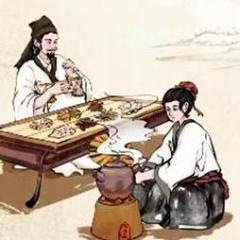
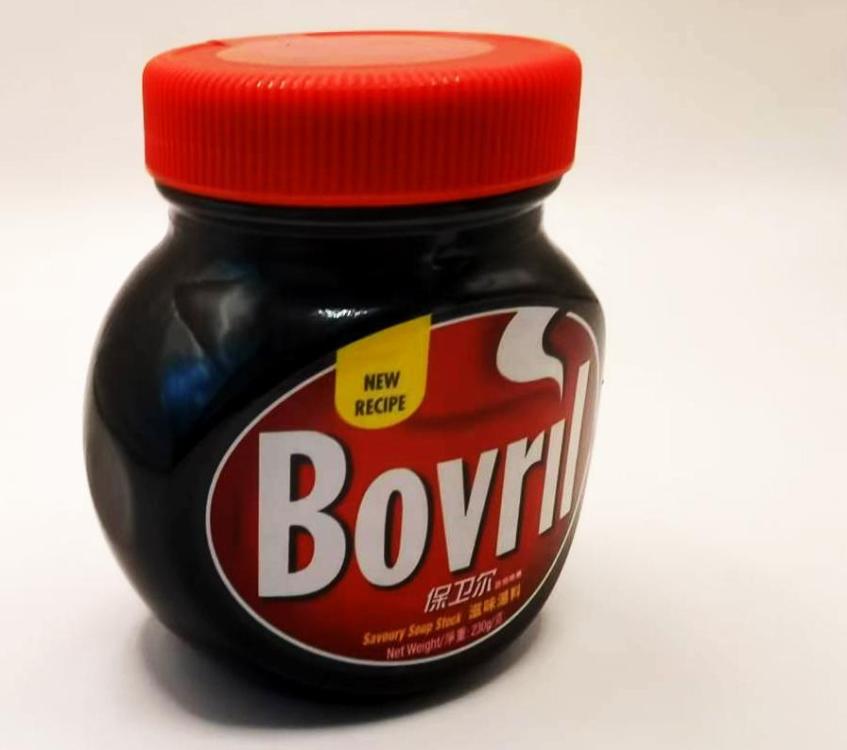





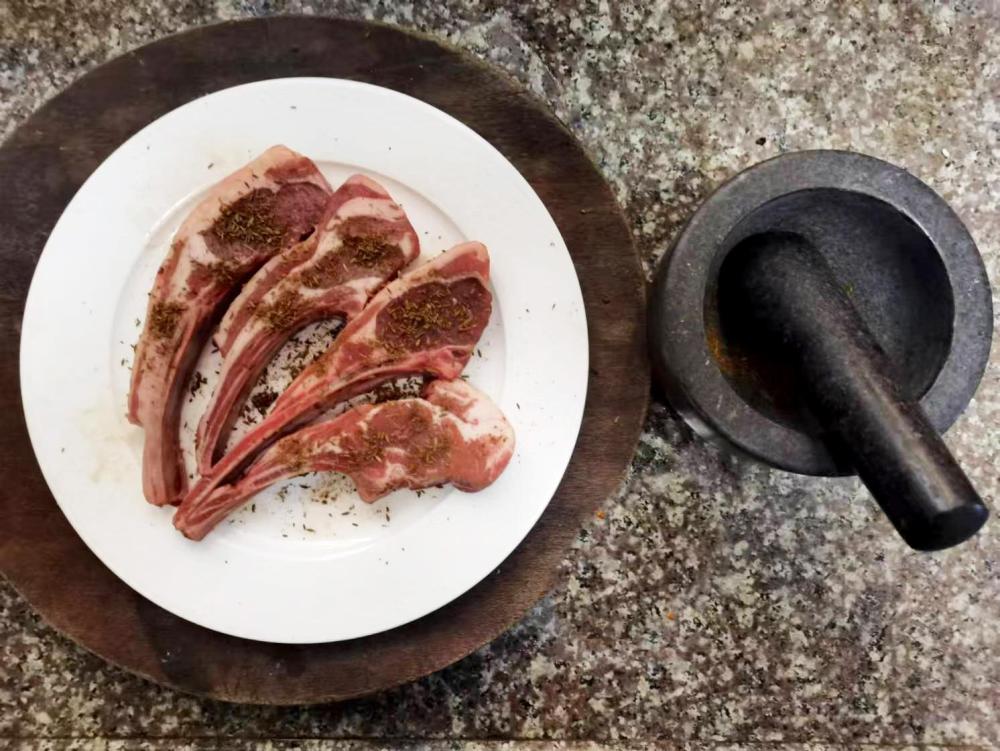
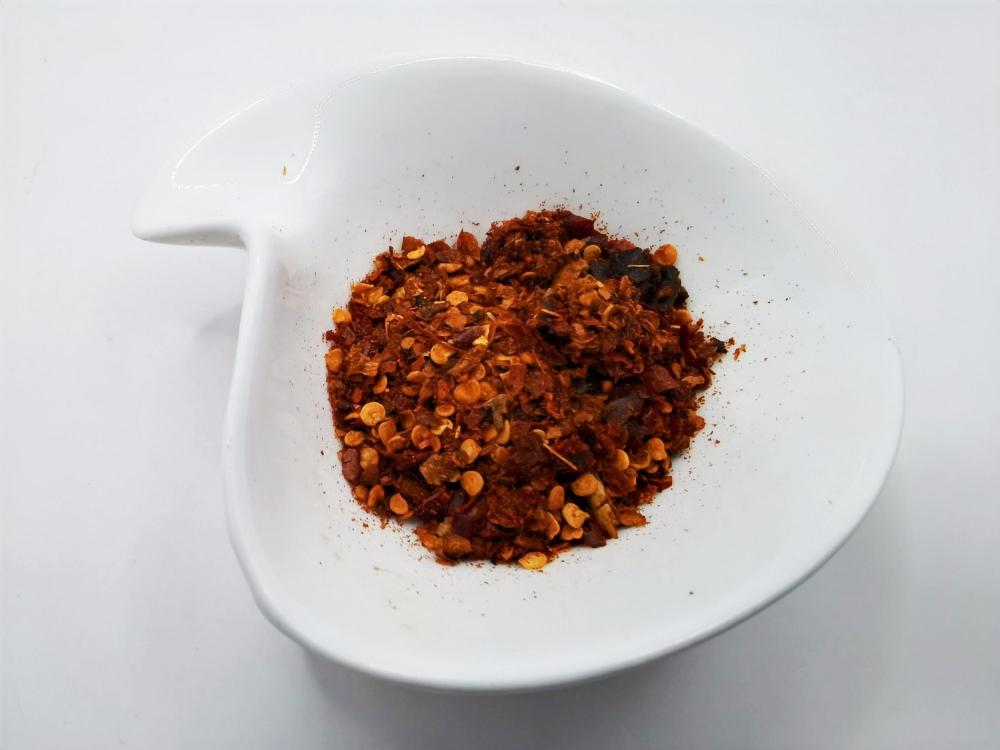
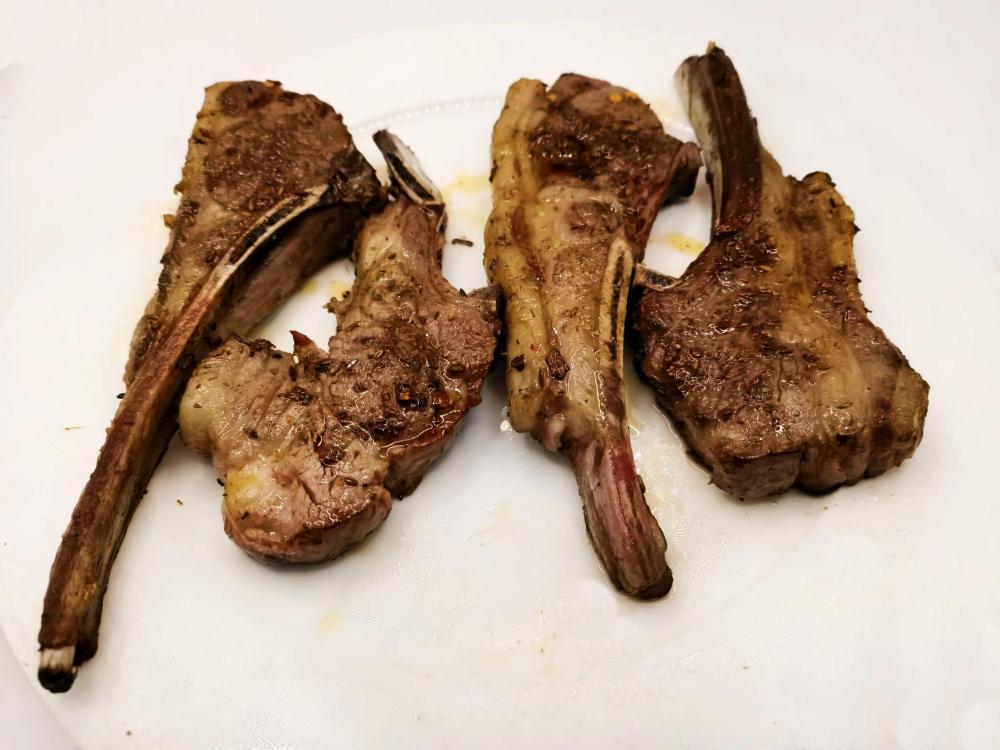


.thumb.jpg.1d04922813280076fab9a0c665150b5a.jpg)
.thumb.jpg.834ede1a42ba002b5834123814cf7f6f.jpg)
